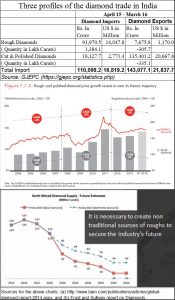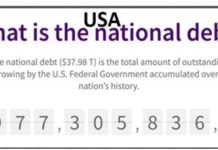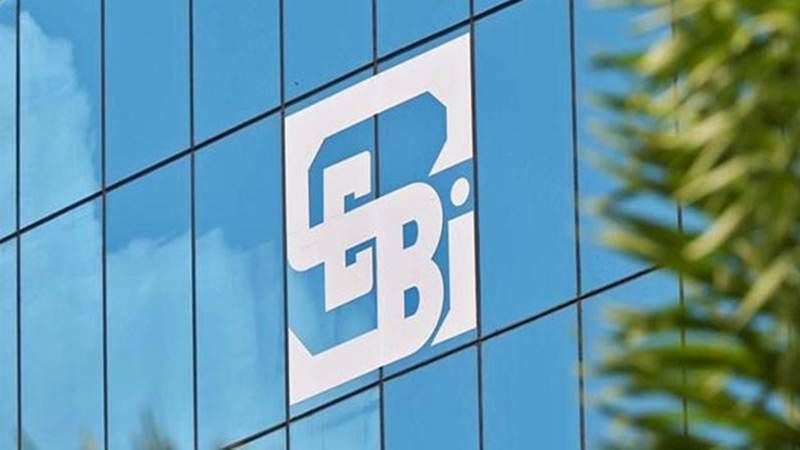http://www.freepressjournal.in/analysis/rn-bhaskar-futures-in-diamonds-is-sebi-promoting-a-scam/1054949
Diamond futures and SEBI’s blind spot
— By | Apr 20, 2017 09:34 am
On Tuesday, January 10, the Indian Commodity Exchange (ICEX) came out with a statement (www.icexindia.com/pdf/10012017_RE.pdf) informing people that it was planning to launch three futures contracts for diamonds in March to provide exporters with a hedging tool.
The report stated that India is a global diamond polishing hub where 14 out of every 15 rough diamonds in the world are polished. It wasn’t long before all this information was picked up by the rest of media — http://in.reuters.com/article/india-diamonds-futures-idINKBN14U145 , http://www.diamonds.net/(S(cw53j445ywhcq1zgv0a31ky5))/News/NewsItem.aspx?ArticleID=58420&ArticleTitle=India+Close+to+Introducing+Diamond+Futures and https://betterdiamondinitiative.org/diamond-futures-start-india/?ct=t(BDI_Newsletter_February_20173_4_2017)&mc_cid=7d4ee74a2b&mc_eid=315dc5619d.
 The exchange also stated that it had received an “in-principle” approval from the market regulator Securities and Exchange Board of India (SEBI) to start futures trading and the bourse will initially launch contracts for stones sized 30 cents, equivalent to 0.3 carats, 50 cents, equivalent to 0.5 carats, and 1 carat, it said.
The exchange also stated that it had received an “in-principle” approval from the market regulator Securities and Exchange Board of India (SEBI) to start futures trading and the bourse will initially launch contracts for stones sized 30 cents, equivalent to 0.3 carats, 50 cents, equivalent to 0.5 carats, and 1 carat, it said.
In the same document, the ICEX managing director, Sanjit Prasad, was reported to have stated “The futures contract will enhance the global competitiveness of Indian exporters who will be able to create inventory and hedge against price volatility which will improve price competitiveness.”
Inspiring words indeed! And backed by impressive statistical data provided by the GJEPC (Gems & Jewellery Export Promotion Council) which show that diamond exports are indeed up and growing.
But then begin the niggling doubts. It is quite possible that SEBI’s officials were not aware of the fact that almost every international bank has stopped advancing money to the diamond industry, especially Indian diamond companies. The reason: the trade furnishes numbers that do not inspire confidence. Even Alrosa Diamond of Russia (http://eng.alrosa.ru/) which accounts for almost one-third of total diamonds produced in the world is facing difficulty in raising funds from banks. So why would India promote futures trading in something that even the banks are unwilling to extend money to? Could it be because the diamond merchants now want a new source of revenues which could be extracted from gullible investors?
Moreover, diamonds have no real underlying value – unlike gold, or oil or even silver. To understand how this value perception was created, one has only to go through the book “Death of a Diamond” by Edward Jay Epstein (one can also find it at http://www.edwardjayepstein.com/diamond/chap14.htm). It is then that the penny should drop. How can any regulator approve of a futures trade for a commodity that does not have an underlying value, and whose prices are often not based merely on market demand and supply but a host of other factors as well? If it is not lobbying against import from Russia, or Argyle (of Australia), it was the Kimberly Process or the charge of blood diamonds that queered the market movement of these stones..
Third, just take a look at the two charts alongside – one by Frost & Sullivan and the other by Bain and company. Both point to a turbulent market that has lately seen more declines than upswings, notwithstanding numbers given out by the GJEPC.
Fourth, it is nice to hear the ICEX spewing out phrases like India exports account for “14 out of every 15 rough diamonds in the world”. It would be interesting to see if the GJEPC can back up this claim with actual numbers of roughs produced and sold worldwide and juxtapose this number with the number of diamonds cut and polished in India and then either exported or used for domestic consumption. Such data would also allow India to ascertain the average value added for each stone that is cut and polished in the country. To date, this correspondent has not come across any hard data to corroborate this and other similar claims. A decade ago, the claim used to be six out of every eight diamond roughs were cut and polished in India. Then it climbed to eight out of ten. Then it became 10 of 12. And now it has become 14 out of 15.
Fifth, SEBI should have consulted the men from the Indian Revenue Service (IRS) cadre which are included on its board. They would have warned SEBI that the gems and jewellery industry (and that includes diamonds) is notorious for round-tripping. The number of exim backed credit to diamond exporters who have gone belly-up is almost legendary. Ask bankers and they will tell you horror stories about diamond traders.
Nonetheless, it is heartening to see SEBI and the ICEX repose such faith in the tradeability of diamonds.
But another word of caution needs to be put in at this stage. There is a war going on in the diamond market – between earth-mined diamonds and lab-grown diamonds. This author has already published a report on this subject, which has won a great deal of appreciation by officers from the ministry of finance (http://www.asiaconverge.com/2015/02/how-to-revive-the-gems-jewellery-sector-in-india/ — the full report can be downloaded from http://asiaconverge.com/wp-content/uploads/2015/12/2015-02-05_Govt_Book_4-2-15_Low_Res.pdf). To allow futures trade for a commodity like diamonds at times like these could be most inadvisable.
But then, it is quite possible that SEBI and ICEX know a thing or two about diamonds that this author doesn’t.





































COMMENTS